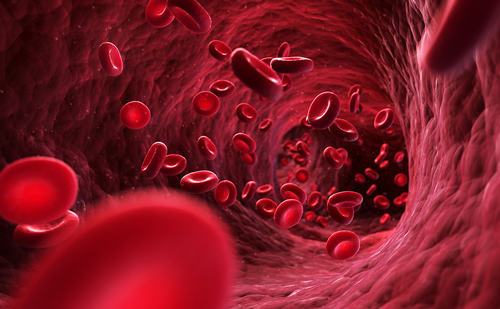Rationale for the use of high dose sustained-release isosorbide-5-mononitrate in ischemic heart disease and chronic heart failure
Abstract:
Overview
Isosorbide-5-mononitrate is one of the two pharmacologically active metabolites of isosorbide dinitrate. At variance from its parent drug, it has a longer elimination half-life, no metabolic first-pass, and greater bioavailability, allowing once-daily administration as standard or as sustained-release formulations. Several trials have shown that isosorbide-5-mononitrate, in the form of sustained-released capsules administered once daily at doses ranging between 50 and 100 mg, is an effective symptomatic drug for the treatment of stable angina and chronic heart failure (CHF), and is now indicated for these conditions by American and European guidelines. In particular, at 80 mg once-daily sustained-release isosorbide-5-mononitrate has been shown to have trough plasma levels below the minimum therapeutic concentration (100 ng/mL), ensuring a nitrate-free period as sufficient as to avoid nitrate tolerance. This 80 mg dosage is the only high dose sustained-release formulation of isosorbide-5-mononitrate currently marketed in Italy. Isosorbide-5-mononitrate also exerts positive hemodynamic effects (reduction in filling pressure and systemic vascular resistance, with increase in cardiac output) in heart failure in association with standard medical therapy and hydralazine, with a positive impact on patient prognosis. (Heart International 2007; 3: 98-111)
Keywords
Ischemic heart disease, Angina pectoris, Chronic heart failure, Nitrate, High dose isosorbide-5-mononitrate, Sustained-release, Tolerance, Hemodynamics
Article:
Article Information:
Correspondence
Prof. Livio Dei Cas, Cattedra di Cardiologia, Spedali Civili, Piazzale Spedali Civili, 1, 25100 Brescia, Italy, deicas@med.unibs.it







